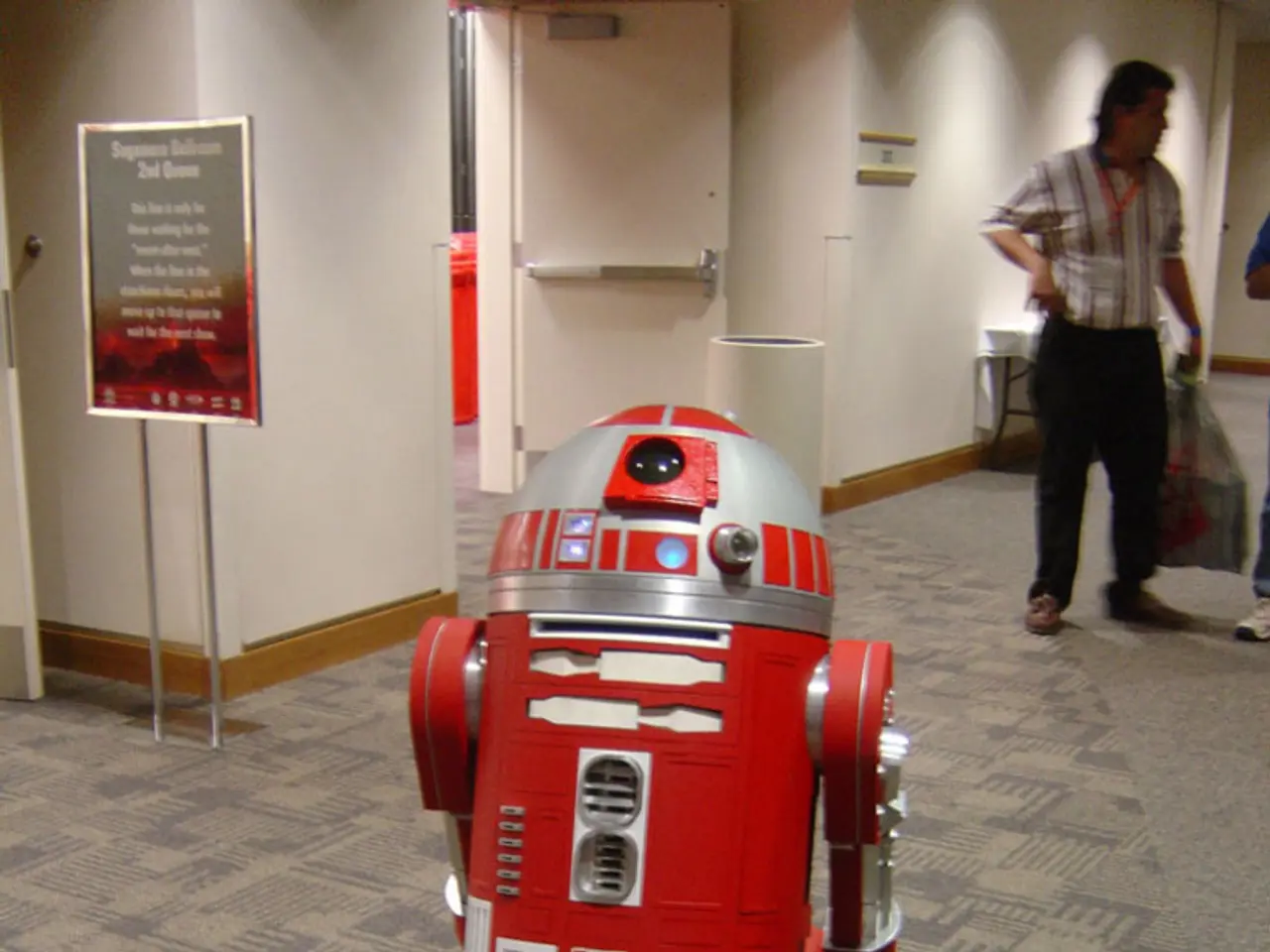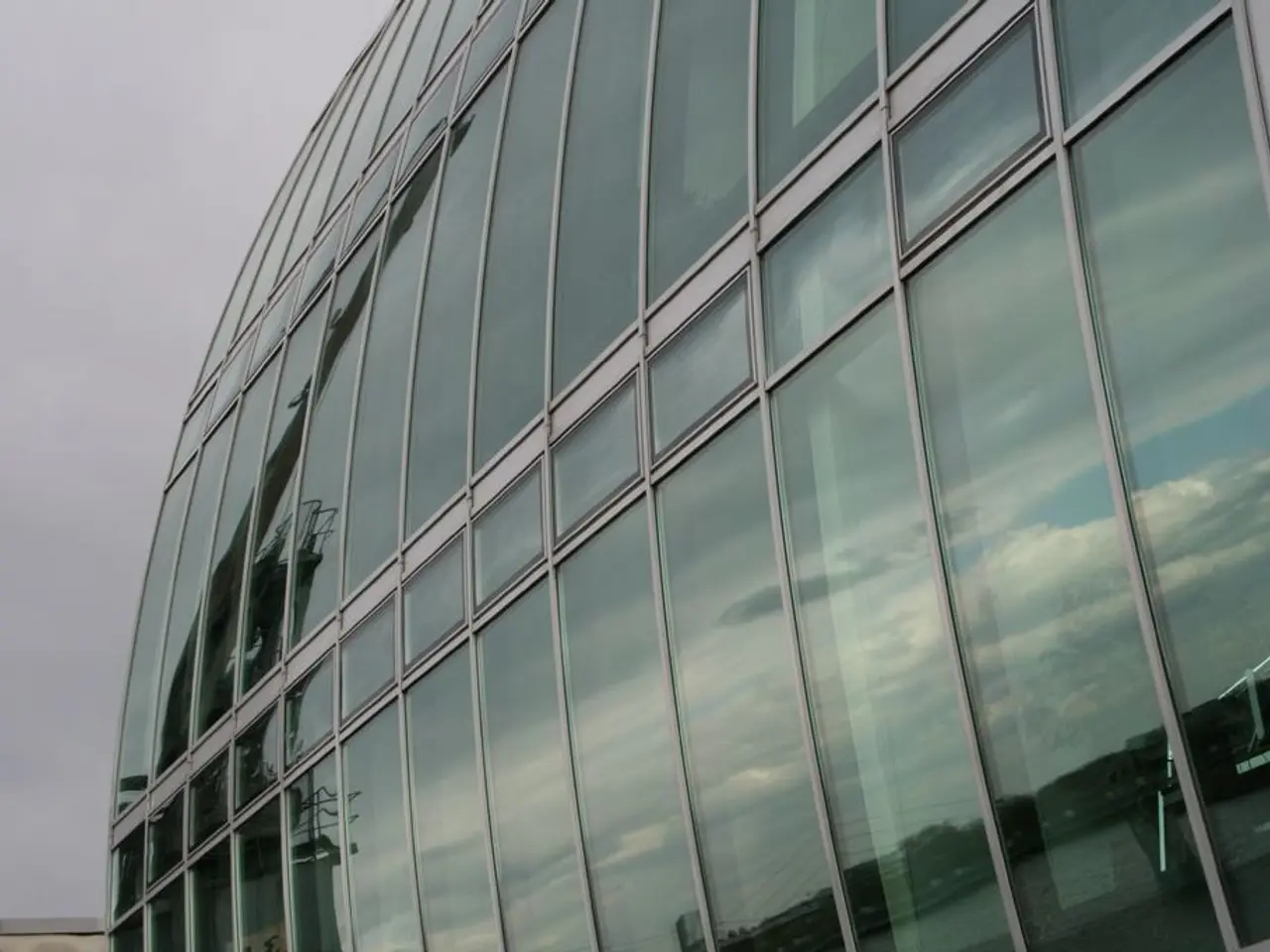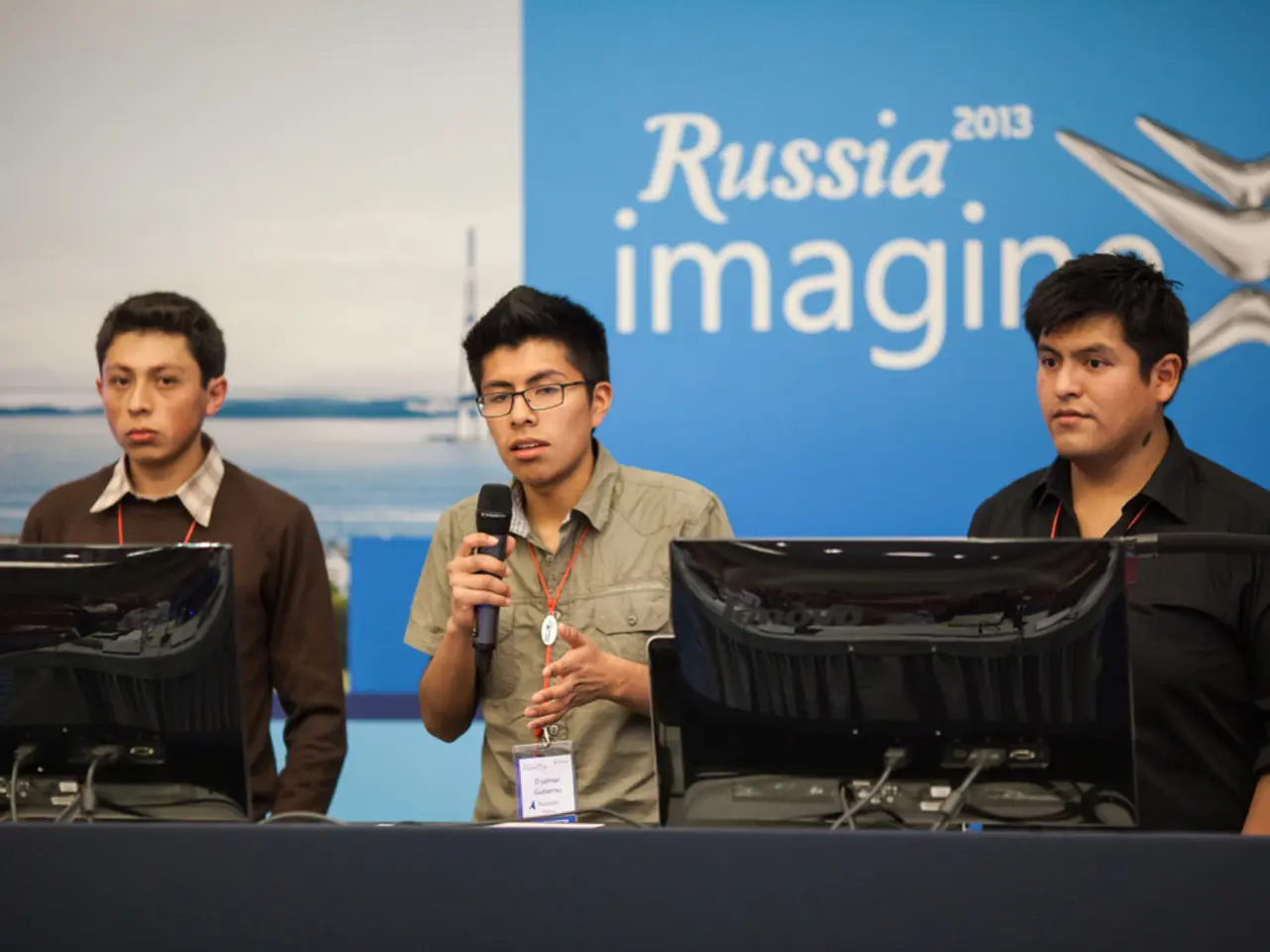Artificial Intelligence Advancements Signal Arrival of the Humanoid Age Now
Humanoid Robots Pave the Way for Advanced AI and General Intelligence
The integration of humanoid robots in real-world environments is driving a significant leap forward in artificial intelligence (AI) and general intelligence. These robots, designed to mimic human form and function, are providing a practical platform for AI systems to interact with complex, unstructured human-centric settings.
One of the key challenges humanoid robots face is the ability to reason across modalities and timescales, integrating successfully in humanoid robots. This is particularly important as they navigate everyday human environments without requiring changes to the surroundings, such as assisting in cluttered warehouses, healthcare, or hospitality roles.
To accomplish this, humanoid robots rely on multimodal learning, which involves combining various input channels like vision, auditory, and tactile information. No single input channel is reliable enough to operate alone, making multimodal learning essential for humanoids.
The goal is to move from narrow systems to integrated intelligence for humanoids. This shift is crucial for humanoids to adapt their behavior when the environment changes, a necessity as they take on physically demanding, repetitive, or dangerous tasks, freeing human workers to focus on more complex, creative, or interpersonal aspects of the job.
For instance, the instruction "Go bring me the yellow box from the storage room across the hallway" requires a sequence of sub-tasks for a humanoid robot, including localization, navigation, identification, manipulation, and feedback.
Humanoid robots are also pushing the boundaries of adaptable and generalizable AI by driving advances in perception and motor control. This involves integrating computer vision, sensor fusion, and dynamic motor skills, which are essential for tasks such as object recognition, manipulation, and navigation in uncertain environments.
Moreover, humanoid robots are facilitating natural human-robot interaction through AI-powered natural language processing, emotion recognition, and responsive behavior. These features enhance robots' social and collaborative competencies, crucial for general intelligence to integrate into human society effectively.
The commercialization of humanoids is expected within the next two years, and companies like Humanoid are testing early with commercial partners to ensure optimal functioning before deployment. Humanoids can create long-term economic resilience by ensuring continuity in labor-volatile or unavailable situations without sacrificing safety, quality, or adaptability.
However, the race for AI advancement is not just about creating the most capable system that can operate in public spaces. It's also about ensuring these systems can function under safety constraints and with humans in the loop, learning from reality and working alongside people without disrupting the flow of things.
In Europe, key sectors have a combined payroll of $1.7 trillion and are struggling to recruit younger workers. Europe's safety and data laws are some of the toughest in the world, but Humanoid considers them a competitive edge rather than an obstacle.
A notable example of a humanoid robot is Shuang Shuang, who received a diploma at a high school graduation ceremony in Fujian, China. The increasing visibility of humanoids in public life marks a shift toward real-world integration.
As the world's population ages, with nearly 30% of the population in Japan being over 65, humanoid robots offer a solution to labor shortages in warehouses, assembly lines, and other industries. By bridging the gap between controlled AI research and messy real-world complexities, humanoid robots are promoting the evolution of AI toward more generalized intelligence capable of flexible, context-aware reasoning and interaction in human environments.
- The development of humanoid robots, equipped with multimodal learning and AI-powered natural language processing, is paving the way for robotics to excel in space-and-astronomy, as they need to interact with complex, human-centric environments, even in uncertain settings.
- Humanoid robots, with their ability to navigate everyday human environments and their potential for adaptable and generalizable AI, are transforming technology, particularly in the fields of science and artificial-intelligence, as they move towards commercialization and integration into European industries facing labor shortages.




